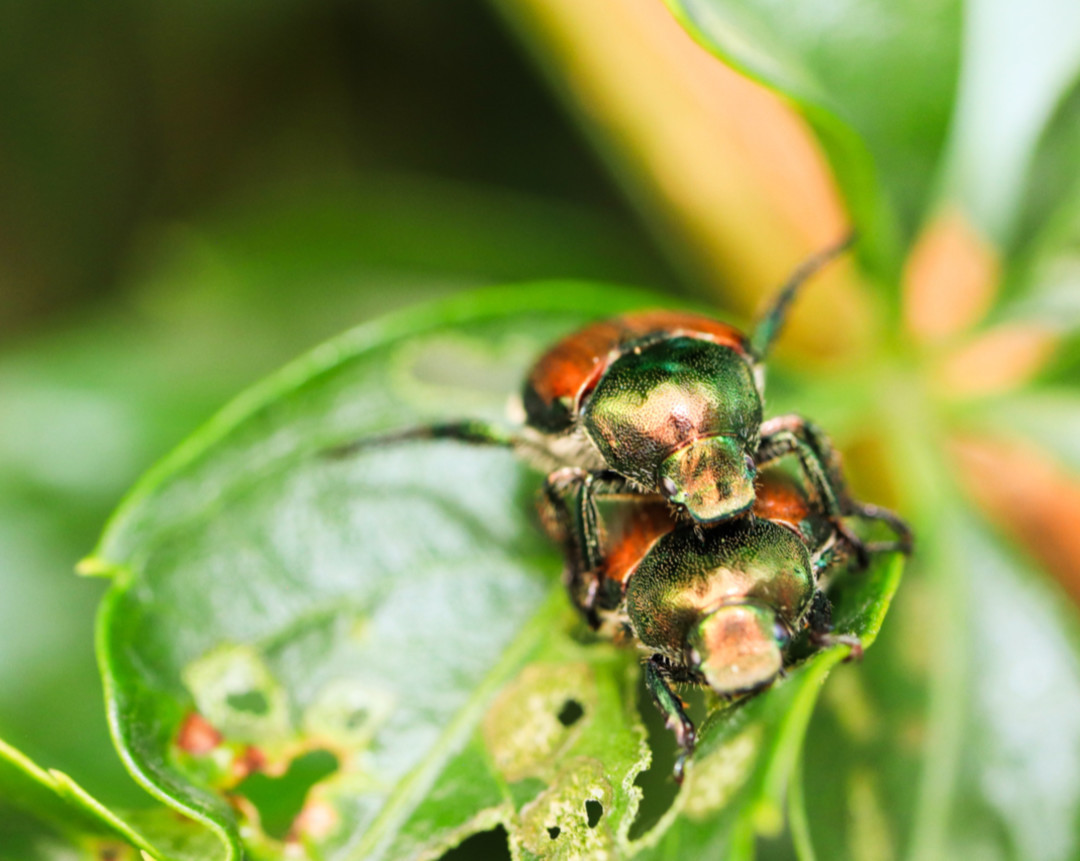– Understanding National Invasive Species Awareness Week: background, significance, and goals.
– Recognizing invasive species: definition, examples, and their impacts on ecosystems.
– The role of zoos and aquariums in invasive species management and education.
– Participatory conservation: how the public can help manage and prevent the spread of invasive species.
– Future advances and challenges in addressing invasive species globally.
National Invasive Species Awareness Week offers an important platform to educate the public and policymakers about the threats posed by invasive species to our natural ecosystems and economies. It is an annual event that encourages government agencies, academics, non-profit organizations, and communities to collaborate to highlight invasive species’ impacts and promote solutions to mitigate their spread.
Invasive species are organisms that are not native to a particular environment and, when introduced accidentally or intentionally, have the potential to cause harm to the environment, economy, or human health. Examples range from the Burmese python in the Florida Everglades, which preys on native wildlife, to the emerald ash borer. This beetle has devastated ash tree populations in North America.
These organisms disrupt ecosystem dynamics, often outcompeting native species for food and habitat, impacting biodiversity and leading to the decline or extinction of indigenous flora and fauna. The annual economic cost of invasive species is estimated to be billions, affecting industries like agriculture, fisheries, forestry, and tourism.
Zoos and aquariums play a critical role in addressing the problem of invasive species. As centers for education and research, they spearhead various programs that involve breeding endangered species, restoring habitats, and educating the public about conservation. These institutions also work on invasive species control, often participating in management programs that involve removing or containing invasive populations. They serve as valuable platforms to raise awareness about the delicate balance of ecosystems and the harm invasive species can introduce.
Public participation is an indispensable part of managing invasive species. During National Invasive Species Awareness Week, individuals can partake in eradicating invasive species through organized removal events, learn about responsible pet and plant ownership to prevent accidental introductions and engage in citizen science projects that monitor the spread of these organisms.
Addressing invasive species will require continued research into more effective control methods, including biological control using natural predators, pathogens, or competitors, and improvements in early detection and rapid response systems. It also involves developing global strategies for international trade and travel that minimize the risk of invasive species dispersal.
National Invasive Species Awareness Week strengthens our resolve to protect native biodiversity. Collaborative action and informed public engagement are key to managing existing invasions and preventing new ones, ensuring the health and resilience of our ecosystems for future generations. Through education, research, and proactive management, there is hope to reverse the tide of invasive species and safeguard our planet’s invaluable natural heritage.
*****
Source Description
🌿🚨 National Invasive Species Awareness Week! 🚨🌿
Did you know invasive species can harm our wildlife habitats? 🌍🦉 They disrupt ecosystems, outcompete natives, and threaten biodiversity. 🚫😢 Help protect our furry friends by spreading awareness and supporting conservation efforts. 🌐💚 Let’s preserve the balance of our ecosystems! 🐾 🌿🐾


